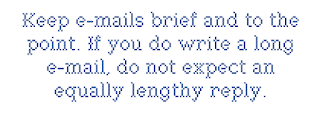Scanography in the Art Room (5/2)
 |
| Scan of my hair and face with saran wrap, tissue paper, & colored acetate |
I think scanography has so much potential for an art lesson because of how easy it is to experiment with a scanner. I noticed how accessible it is to experiment with when I was playing around with the scanner to make my series. Previewing a scan takes only a few seconds, so it's easy to try things out quickly and see the results fast as well. There's also the benefit of nothing being permanent on the scanner. Items can be placed and then moved around and rearranged, like collage, without fear of messing something up that can't be undone. It also lends itself well to experimentation because it is sometimes hard to tell how the scan will turn out. If you play with moving objects while they are being scanned or layer images in complex ways, it's always a surprise to see what the scan looks like on the computer screen.
An art lesson with scanography should really encourage students to find all the possible ways of creating effects with the scanner alone. I think it's important that the teacher doesn't really demonstrate any of these techniques, aside from how to use the scanner, because the act of discovering all of these effects is the most exciting part. Our class even got very excited as we started scanning our hair and faces and getting really interesting effects.
Students could also use a scanography lesson as a way to bring in found objects from home, some that may be very personal. Bringing in old photographs, objects, letters, or even just materials with interesting textures (I played with saran wrap and tin foil) can allow students to experiment even more with a wide variety of objects and images. Students can create narratives with a series of scans or potentially even use scanners as an alternative tool for stop motion animation. Follow-up lessons could also teach students to experiment with their images in photoshop to get their desired effects. I think turning scans into books, printing them out and collaging them, or putting them together to form a video or animation can all be creative ways to round out a lesson in scanography.

Comments
Post a Comment